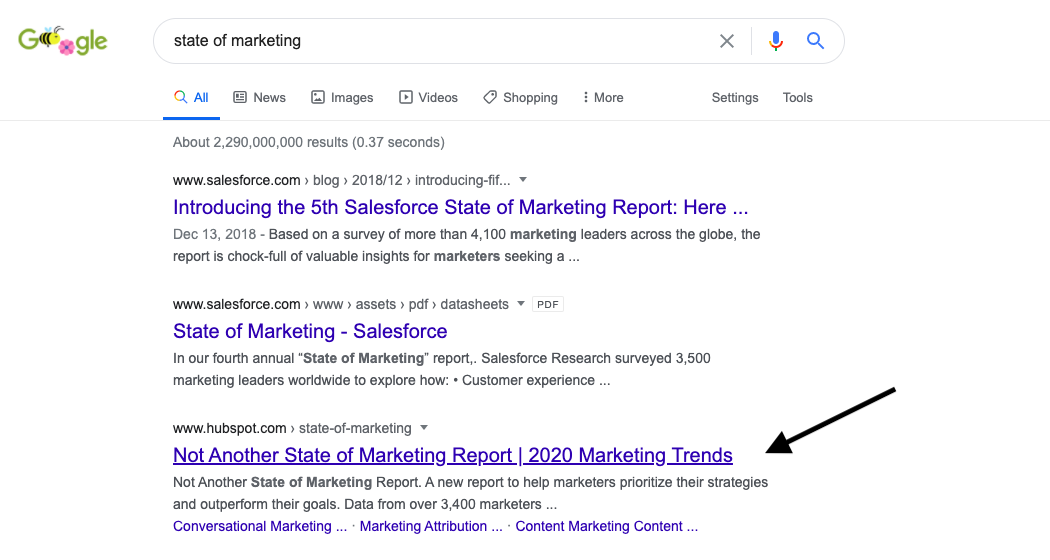How HubSpot's Report-Based Acquisition Campaign Hit 150% of Our Lead Goal in 30 Days

This post is a part of Made @ HubSpot, an internal thought leadership series through which we extract lessons from experiments conducted by our very own HubSpotters.
Acquisition marketing campaigns are critical to bring in new customers and revenue. At HubSpot, we run these campaigns quarterly.
Despite the rapid cadence, every quarter we work to create new, remarkable ways of reaching, informing, and converting our audience.
I wrote this post to share with you how we crafted our latest acquisition campaign to hit and exceed our acquisition targets.
Establishing the Campaign
The beginning of our Q1 2020 Acquisition Campaign started with a blinking cursor. As we brainstormed how to start our research, we had a few inputs to work with.
First, we knew our target audience consisted of marketing managers, as we were re-launching our Marketing Hub Enterprise product that month.
We knew that reports were a content type that worked well for us in the past. We saw our 2019 Instagram Engagement Report and a 2020 Social Media Report successfully attract new audiences.
At the very least, it was a motion that our audience was familiar with, which meant there was less of a barrier to show the value.
Additionally, seasonality played a large role in our planning. We wanted to build content to support marketers planning their strategies for the upcoming year.
With the combination of 1) a target audience, 2) an understanding of high-performing content types, 3) timing, and 4) our additional user research, we wanted to create a remarkable go-to resource for marketing managers building their strategies for the year.
Thus, the idea for “Not Another State of Marketing Report” was born.
In this article, I’ll talk through the report surveys and content, the web experience, the promotion, and the results. Hopefully, it gives you a peek behind the curtain and some inspiration for future campaigns.
Running the Surveys and Creating the Report Content
The first and most important thing about the content of this report was to start collecting survey data for analysis and visualization.
Working with our team at HubSpot Research, we ran our first survey in November/December of 2019 that went out to 3,400 global marketers.
After we sent out the survey, we talked about what might differentiate this content from other reports we had released in the past. While the data was valuable, we knew that data can be dull without human context or insights.
So, we brought in the humans.
Our first criterion for selecting our experts was their subject matter expertise. We had come up with a list of topics we wanted the report to cover (from SEO strategy to content marketing strategy and more) and wanted our experts to have deep and specific knowledge about the topic we chose them to represent.
Our second criterion was seniority. We were crafting a report for higher-level marketing managers, directors, and VPs, so we wanted our experts to have a similar level of seniority.
We are fortunate …read more
Source:: HubSpot Blog









